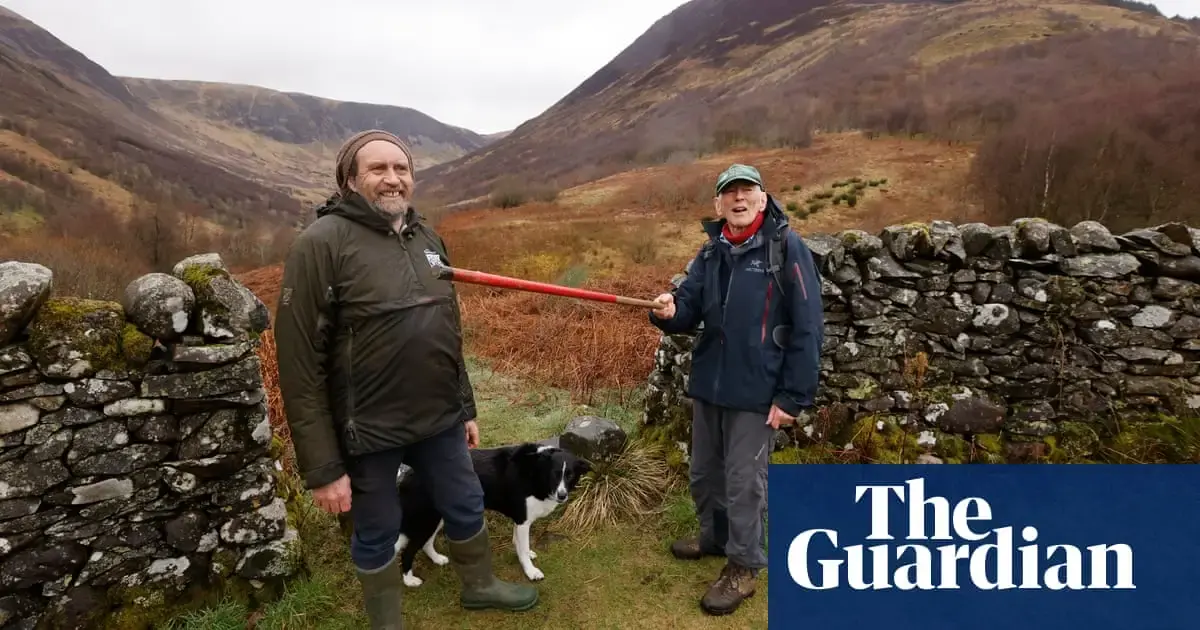- cross-posted to:
- nature@feddit.uk
- cross-posted to:
- nature@feddit.uk
🤖 I’m a bot that provides automatic summaries for articles:
Click here to see the summary
But it also shows what large parts of this land could be: a sink for climate-heating carbon, a flood-mitigating sponge for freshwater; a generator of biodiversity, and a source of wonder, identity and hope for people, locally and globally.
Carrifran’s revival began on 1 January 2000, when the project’s founders and their friends – including me, then a local biology student – broke the thin soil and planted the first 100 saplings.
Freed of grazing pressure, wildflowers are flourishing: even on a cold early March day, the first primroses, wood anemones, coltsfoot, and emerald green honeysuckle leaves offer bursts of colour.
With less reliance on institutional funders from the start, the group, supported by the Borders Forest Trust (BFT) – a charity established, in part, to own and manage the project – have been able to operate with an unusual degree of independence ever since.
Ashmole says habitat restoration plans were informed by soil and vegetation surveys and the results of meticulous analysis of peat cores, in which preserved pollen grains reveal the shifting plant and forest cover at Carrifran over the past 10,000 years.
For Ashmole and Wilson, one urgent priority is the establishment of more wildlife corridors that could weave Scotland’s growing patchwork of rewilding sites and nature-friendly farms into a continuous, ever-shifting wild tapestry.
Saved 78% of original text.



